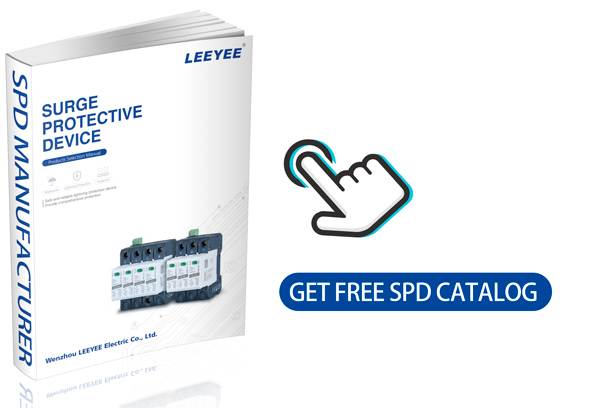Table of Contents
What are SPD Types T1, T2, and T3?
Without proper surge protection, electrical systems face severe risks of damage, disruptions, and costly downtime. Therefore, selecting the right SPD is crucial for ensuring safety and performance.
SPD types—Type 1, Type 2, and Type 3—categorize surge protectors based on their placement in electrical systems. Each type addresses specific surge protection needs. By combining these types, you can ensure layered protection against surges.
Let’s explore the differences and uses of SPD types to secure your systems comprehensively.
What is the Difference Between Type 1 and Type 3?
Type 1 SPDs install at the main incoming power line and handle high-energy surges from external sources like lightning. They effectively prevent large surges from reaching downstream devices. In contrast, Type 3 SPDs sit near individual devices and serve as a final defense against residual surges. These protect sensitive electronics from minor but harmful voltage spikes that bypass upstream SPDs.
What is the Difference Between Type 2 and Type 3 SPD?
Type 2 SPDs install at the distribution board, offering mid-level protection against surges from the grid or internal sources. They work well for protecting groups of devices. However, Type 3 SPDs, positioned close to specific appliances, provide localized and precise protection for end-user equipment. By combining both, you can ensure comprehensive surge defense throughout the system.
Difference Between T1, T2, T3, and T1+T2 Surge Protective Devices
Type 1 SPDs manage the highest energy surges, typically from lightning strikes. Meanwhile, Type 2 SPDs protect against medium-energy surges, often caused by switching operations. Type 3 SPDs safeguard sensitive devices from smaller, localized surges. Additionally, T1+T2 devices combine features of Type 1 and Type 2, offering a compact solution for both high and medium-level surge protection.
Do I Need Type 1 or Type 2 SPD?
Your choice depends on your system’s requirements. Type 1 SPDs are necessary for structures with external lightning protection, such as rods or meshes, to block direct lightning surges. Alternatively, Type 2 SPDs suit installations without external protection but need defense against indirect surges or internal electrical disturbances. For maximum protection, combining both types is advisable.
How to Select the Right Type I, II, and III Surge Protector?
To choose the right SPD, assess your system’s location, surge exposure, and equipment sensitivity. Install Type 1 SPDs for buildings with external lightning protection. Use Type 2 SPDs in distribution boards to shield circuits. Finally, place Type 3 SPDs near critical devices for localized protection. By combining these types, you ensure layered defense against all surge levels.
Conclusion
Understanding SPD types and selecting the right one optimizes protection for electrical systems and connected equipment.
About LEEYEE:
Established in 2009, LEEYEE is a specialized manufacturer of surge protective devices (SPDs). We own the certificates of CE, CB, ISO9001, and TUV. In addition, we support customization options for color appearance, parameters, and logos. Welcome to consult for product catalogs and inquiries, you can contact us via email at devin@cnspd.com.

